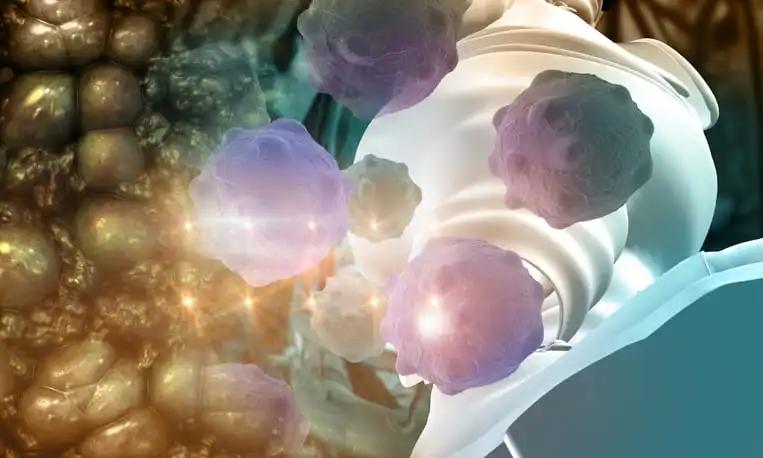KEY TAKEAWAYS
- The study aimed to investigate the molecular basis of cisplatin resistance in OC through integrative analysis of GEO datasets and experimental validation.
- Researchers noticed significant gene expression changes linked to cisplatin resistance in OC and identified a promising small molecule for treatment.
To identify key genes associated with cisplatin resistance in ovarian cancer (OC), a comprehensive analysis was conducted on three datasets from the GEO database and through experimental validation.
Yunshan Zhu and the team aimed to elucidate molecular mechanisms underlying resistance to cisplatin, a cornerstone chemotherapy drug for OC treatment.
Researchers performed an inclusive analysis using gene expression profiles obtained from the GEO database. Differential expression analysis was conducted between cisplatin-sensitive and resistant OC cell lines to identify differentially expressed genes (DEGs). Subsequently, the identified genes underwent functional enrichment analysis using Gene Ontology (GO), Kyoto Encyclopedia of Genes and Genomes (KEGG) pathway analysis, and protein-protein interaction (PPI) network analysis to elucidate their biological roles and pathways involved in cisplatin resistance.
Potential inhibitors targeting key genes were identified through molecular docking using LibDock. In vitro assays, including RT-qPCR, evaluated the expression levels of these key genes in OC cell lines. The sensitivity of cells to chemotherapy and the proliferation of key gene knockout cells were assessed using CCK8 and Clonogenic assays, respectively.
The results revealed that 12 genes influenced the chemosensitivity of the OC cell line SKOV3, while 9 genes were associated with prognosis and survival outcomes in patients with OC. RT-qPCR results indicated upregulation of NDRG1, CYBRD1, MT2A, CNIH3, DPYSL3, and CARMIL1, and downregulation of ERBB4, ANK3, B2M, LRRTM4, EYA4, and SLIT2 in cisplatin-resistant cell lines.
Knockdown of NDRG1, CYBRD1, and DPYSL3 significantly inhibited proliferation in the cisplatin-resistant SKOV3 cell line. Finally, photofrin, a small-molecule compound targeting CYBRD1, was identified.
The study concluded significant changes in gene expression linked to cisplatin-resistant OC and the identification of a novel small molecule compound for treatment.
This study was funded by the Nature Science Foundation of Zhejiang Province (LY23H160115) and Zhejiang Provincial Department of Education Research Project (Y202043340).
Source: https://pubmed.ncbi.nlm.nih.gov/38987777/
Zhu Y, Chen X, Tang R, et al. (2024). “Comprehensive analysis of hub genes associated with cisplatin-resistance in ovarian cancer and screening of therapeutic drugs through bioinformatics and experimental validation.” J Ovarian Res. 2024 Jul 10;17(1):142. doi: 10.1186/s13048-024-01461-w. PMID: 38987777.



